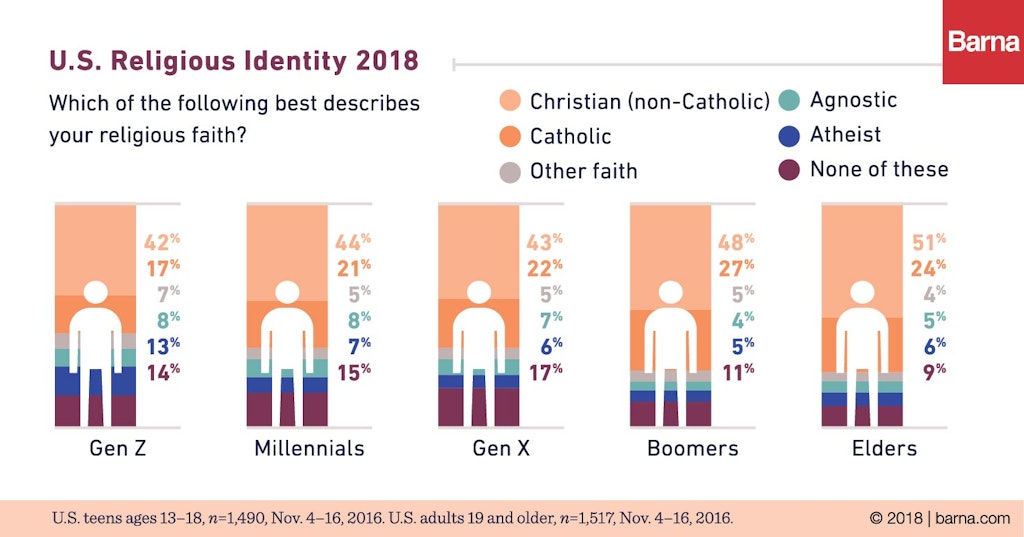It is generally trumpeted as 'Proof of Evolution!', and declared a 'speciation event!'. But if we examine what is really taking place, it conflicts with the common ancestry model, and fits better in the creation model.
Let's look at equus, as an example. Caballus and Asinus are the horse and donkey, respectively. They share a mitochondrial Most Recent Common Ancestor (mt-MRCA). This is hard evidence of ancestry, not just assumption and speculation.
Sometime in the past, as the ancestral equid began to display it's INHERENT diversity, the traits in the horse AND the donkey split off, and became isolated from each other, due to environmental pressures.
There is also a phenomenon in the animal kingdom of creatures choosing a mate based on morphological similarity. They tend to gravitate to animals that look like themselves. Bigotry is a natural phenomenon in the animal world.
Here is a good explanation of the differences and reasons that some of the equus descendants became isolated:
http://www.bio.miami.edu/dana/dox/equus.html
*The hybrids are viable because their genes--housed on chromosomes that appear to have undergone major physical rearrangement (evident in the synteny of their chromosomes) during the adaptive radiation of Equus species--are largely homologous. They have all the necessary genetic information encoding normal devlopment and body function. This can be shown via chromosomal hybridization in which chromosomes from different species are allowed to pair as if during metaphase.
However, because the chromosomes have changed so much during Equus evolution, the chromosomes cannot pair properly during meiosis to allow crossing over and successful segretation of homologs into new daughter cells. Hence, the hybrids are almost always sterile, as they cannot produce viable gametes.*
The chromosomes can split (or join) at the telomere level, and sometimes the resultant populations become reproductively isolated from cousin populations from the same ancestors.
It is ASSUMED, by believers in common ancestry, that this is a macro evolution event, and a 'new!' Species has just formed. Here are the flaws in that assumption:
1. The variability in the parent stock has REDUCED, as the strains settle into homogeneous morphology. They have DEVOLVED, and have lost diversity. Many isolated populations have gone extinct, as they were unable to adapt to environmental conditions with their limited gene pool to draw from.
2. Not all animal groups/clades/families/kinds exhibit the phenomenon of reproductive isolation. Felids do, but canidae and homo sapiens do not. Lions and tigers isolated, but wolves, dogs, and coyotes have not. Humans of all races, across the globe, can still reproduce. Even those with diverse morphology, like African pygmies and tall white Russians, have not isolated reproductively.
3. Some caballus haplogroups can still interbreed, even though their chromosome count has changed, and their morphology has narrowed. Here is a good example of that:
*The chromosome number of the domestic horse is 2n = 64; different races have the same complement. The chromosomes of two Przewalski's horses (at Catskill Game Farm, New York), presumably ancestral wild horses from Mongolia, are identical: 2n = 66, with more acrocentric and fewer metacentric elements than the chromosomes of the domestic horse. This apparent difference in karyotype may help resolve the questions of "purity" in the relatively few remaining Przewalski's horses. Moreover, these findings are of interest in relation to the apparent fertility of hybrids between these species.*
Even though they can reproduce, they are classified as 'different species!' But it is only cosmetic differences, and arbitrary definitions, that differentiate them.
So, how does reproductive isolation provide evidence for creation?
1. The ancestral groups/clades/families/kinds, had the diversity needed to produce each morphological clade, in each group's phylogenetic tree.
2. As the 'tree' branched out, *some* haplogroups became isolated, and lost the ability to interbreed with its cousin clades.
3. Some diversity was lost, as traits in the ORIGINAL group/clade/family/kind are/were (apparently) lost to extinction. Sabre toothed cats and wooly mammoths are examples of that.
4. Reproductive isolation is a DEVOLVING process, where less diversity is observed, not increasing complexity or more diversification.
5. The tips of the phylogenetic tree, in each group/clade/family/kind, are dead ends, not beginnings of a 'New!' phenotype.
6. Genomic entropy, not increasing complexity, is the observed condition and result of reproductive isolation. Organisms DEVOLVE, when isolated, to a homogeneous morphology., unless diversity from cousin clades can reinvigorate the depleted gene pool.
7. The gene pool at the tips is shallow and stagnant. It stinks of death and extinction, not vibrant diversity.
This is EXACTLY what we would expect, in the creation model, where the parent organism started at 'full', in their gene pool, and depleted as it branched out. It is NOT a 'speciation!' event, but a path to extinction, as the diversity levels lower. They cannot be infused with 'fresh genes', from cousin clades, but are stuck in morphological monotony, unable to produce anything but dead ends.
Reproductive Isolation is evidence of The Creator, not godless naturalism.












